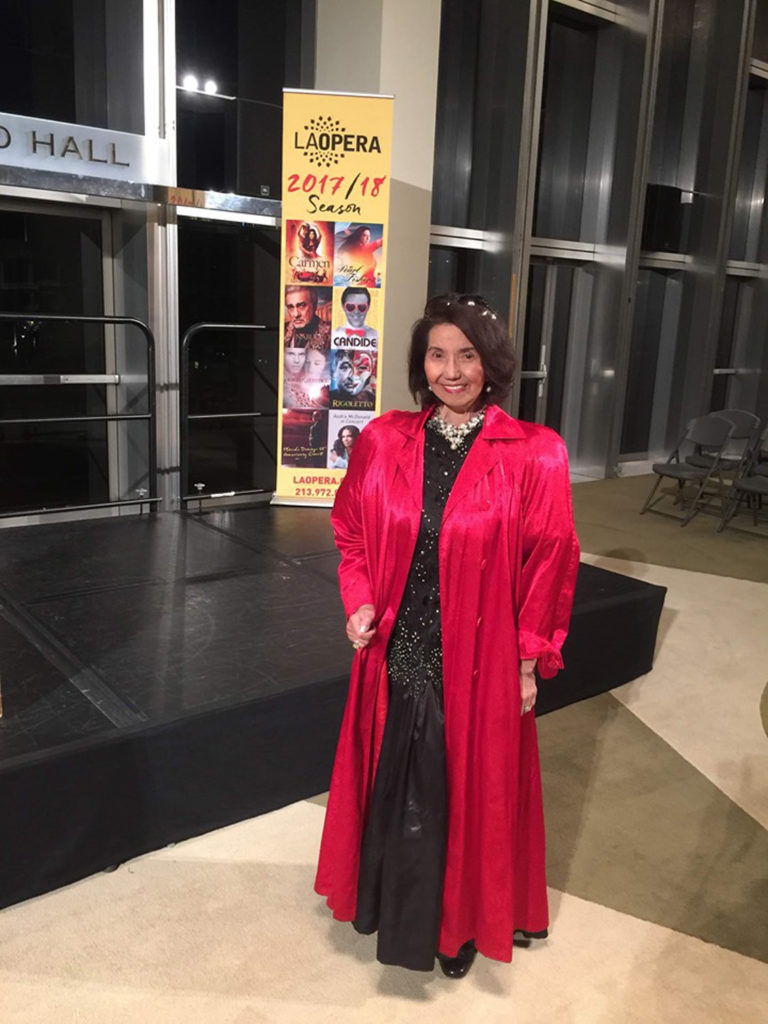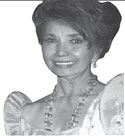
I CAN never quell a stir of fascination, dread and longing when the house lights dim and the curtain parts. But the enjoyment of an opera can begin, not with the rise of the curtains, but with the first bars of the overture.
To understand and enjoy the opera is the recognition of certain irreconcilable difference between it and the spoken drama.
Some think that opera is a stepchild of the arts, a sort of mongrel offspring to ballet, music, and drama; and is not pure art form. A person who probably has less passion for it will ask, “Why the opera? What causes one to fall in love with that sad strumpet in the first place when he might have chosen a good woman, painting, sculpture, poetry, or instrumental music? And if he wanted to suffer what about films, which offer plenty of opportunities of exasperation for anyone with different ideas of art?”
Some say the opera is not a pure art form, since it rarely approaches the detached realism of drama. A play can be intellectual in the manner of Shaw (GBS) Ibsen or T.S. Elliot.
The opera remains emotional — jubilant chorus, lugubrious pleadings, wild wailings, dolorous themes, melodic preludes, symbolism of repudiation and despair, balms and caresses, torments and delights. No one in real life, for instance, would pause to express his feelings in the lengthily soliloquies which are sometimes to high point operatic performances since they are profound and to the point.
Operatic acting is different and only the most accomplished can make it convincing but over and above all these is the singing.
Our very own Sol Malaki of the LA Opera has a glorious verse that improvises certain limitation in movement and gestures. As declared by opera critics, the opera survives because the librettists are known to create characters and the composer have to match it with his musical genius.
Recall the dashing Don Giovanni, the resourceful Figaro. The marriage of Figaro makes us laugh and clap because, among others, it is so funny, too Noah’s Ark to believe, proving that, reality was, above all, sad, even in its humor and extravaganza.
Verdi’s “La Traviata,” the woman gone astray is a classic product of her century and of a single country, France. We’re told you wouldn’t find her in London or Madrid. But she’s also universal, the misunderstood woman of easy virtue.
The Magdalen, Moll Flanders, Dostoevsky’s Sonia, Tolstoy’s Malova, Satre’s Respectful Prostitute. In the temple of love that Violetta Valery, our high successful coquette of one special fallen woman, who has consumption within her frail chest, burning her up — allied to the passion that will inevitably devour her, a wasting disease beside which mere dissipation (wine and late hours)…is harmless childs play, her theme “flitting from joy to joy let me live for pleasure only.”
Verdi wrote this in 1853, the first performance was a complete failure, performed in modern costume, which aroused the distaste of the audience. The leading tenor was hoarse, the soprano cast as Violetta was a fat prima donna, and when it was announced in the last act that the heroine was dying of consumption, the audience howled with laughter.
It was next presented about a year later, putting back the period for 1850 and 1700, and costumed accordingly. It was an outstanding success and since then, “La Traviata” has been a favorite of opera lovers, myself included.
When opera is viewed within the scope of its own possibilities and lamentations, it becomes endlessly fascinating. It offers comedy, tragedy pageantry and romance in a repertoire that is almost inexhaustible.
While no one likes all the novels you read, all the paintings you see, or the lecture one hears, traditional opinions about opera vary. Described as barrel organ music or it is for twittering coloratura, which was in self deprecating humor, how my late mother, who was a coloratura soprano, saw herself.
With its power and splendor, operas never grow old and never wear out with time.
***
E-mail Mylah at moonlightingmdl@aol.com







